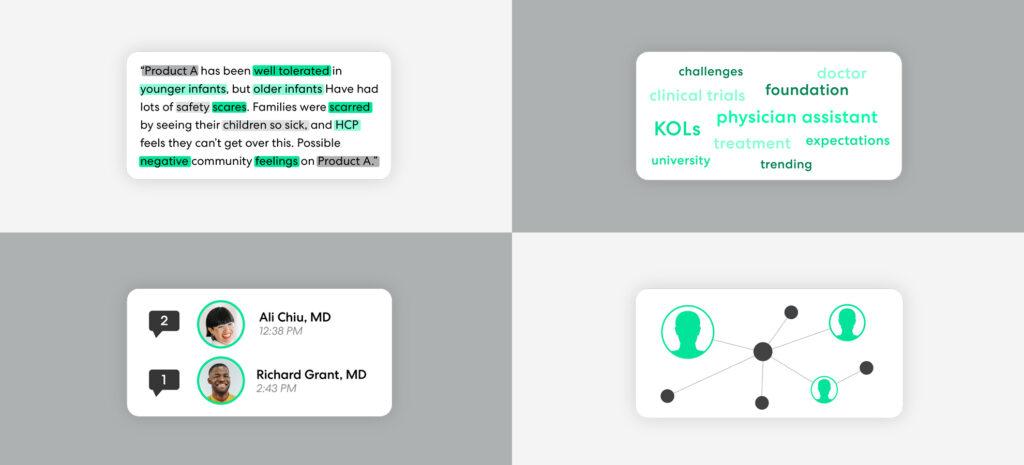For a while, it seemed as though 2020 would be known as the Year of the Postponed Congress. But the industry quickly pivoted to offer programming through video conferencing platforms, which worked well in some ways – and not at all in others. What’s next in technology for medical congresses?
There were some benefits to all-virtual congresses – more people could attend less-expensive online meetings, and those who were reluctant to ask questions in person found themselves active participants in conference chat rooms – but mostly, the life science industry wondered when they would meet again in person.
In-person medical congress events have resumed, but virtual aspects have been retained as well. In a Reuters Health survey of medical affairs professionals, nearly a third of respondents said their external stakeholders had responded poorly to all-virtual medical congresses. But in spite of this apparently lukewarm reception, just a tiny minority of the group – 2.2% – thought that congresses won’t continue to have some virtual elements.
Turns out, they’re right.
How is technology changing medical congresses?
The reality of medical congresses goes far beyond a week-long event and includes planning and logistics that eat up much more time and focus than they should. From pre-congress activities like setting meetings and scanning abstracts to post-event priorities such as collecting final impressions and planning next steps, the process is time-consuming and manual.
Medical conferences are not like regular industry meetings that you can put together in a few months. Medical conferences take up to a year of planning. – Congrex
To get the most value from congress participation, organizations should be focused on work that relates to the science – and this is where technology can be applied to enable a more efficient and effective process. Advancements in different types of technology can help life science teams approach congress planning in a way that prioritizes better insights management and focuses on scientific narrative.
So what are the four technologies fundamentally changing how life science companies plan a strategy for before, during, and after a congress?
Network analytics
Network analytics can be used to map the strengths and volume of connections between HCPs. This technology looks at topics that matter to medical affairs teams and examines what’s known as the invisible college – a network of like-minded peers and experts that aren’t affiliated with any single organization or authority, and are motivated by the search for knowledge and scientific discovery.
Social listening
Social media listening consists of tracking social media platforms for mentions and conversations related to your disease community, then analyzing them for insights to discover opportunities.
Asynchronous virtual engagement
Anytime, or asynchronous collaboration, is similar to an online university format where a discussion is available to participants for a set period of time. Interaction takes place on a web-based platform over a period of days or weeks.
Life sciences-trained natural language processing
In a medical affairs context, NLP technology can be used to break apart the text of collected insights and identify meaningful concepts that can be tracked, flagged, grouped, or otherwise organized. When organizations have the ability to use this technology on a high volume of insights gathered from experts, they can more quickly identify trends and concepts that help drive strategy and enable faster, more accurate decision-making.
By integrating these technologies throughout the congress process, medical affairs and commercial teams can capture more insights from more sources and put them to better use.
Ready to investigate further? Get our congress e-book or watch a webinar about modernizing the process of congress insights management – featuring a panel of experts from Sanofi, Pfizer, and Novartis.
Modernise your Medical Congress Insights Management from Within3 on Vimeo.






